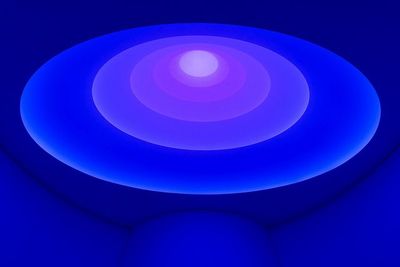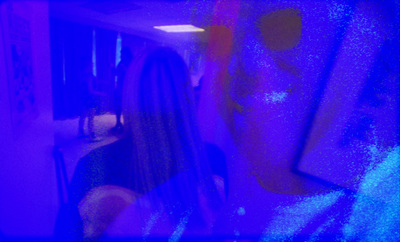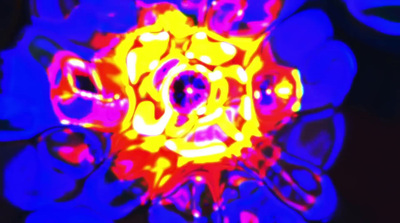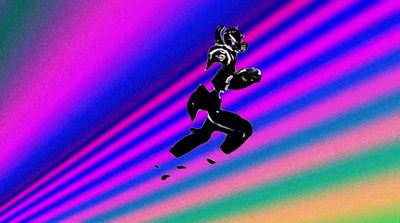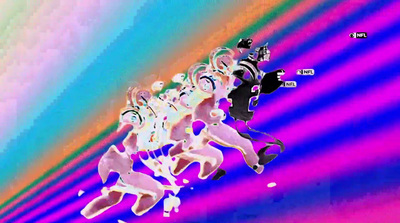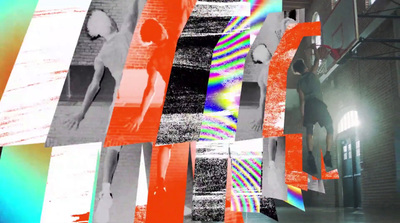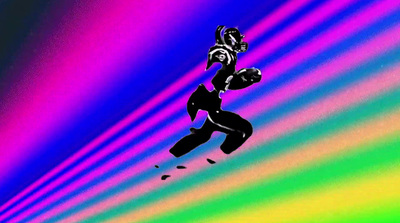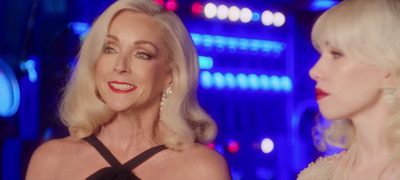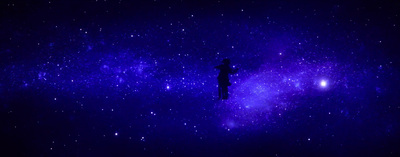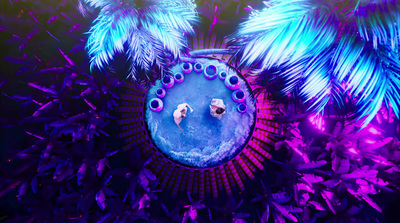Everything about the color Ultraviolet
The meaning of the color ultraviolet and color combinations to inspire your next creation.
Browse images in the color ultraviolet
What color is ultraviolet?
Ultraviolet is a vivid and intense shade of purple, sitting between violet and blue on the color spectrum. It often evokes a sense of mystery and the unknown, reminiscent of the deep cosmos.
What are similar colors to ultraviolet?
For variations within the same vibrant spectrum as ultraviolet, consider:
- Indigo (#4B0082) shares ultraviolet's deep, blue-tinged hue, offering a similarly rich and mysterious feel.
- Violet (#8A2BE2) closely resembles ultraviolet with its blend of blue and purple tones, evoking a sense of creativity and imagination.
- Purple (#800080) provides a classic, regal feel that complements ultraviolet's boldness with a slightly warmer undertone.
- Lavender (#E6E6FA) offers a softer, more delicate version of ultraviolet's vibrant energy, adding a calming touch to the palette.
What color goes with ultraviolet?
To complement ultraviolet's vibrant tones, consider pairing it with:
- Gold (#FFD700) adds a touch of luxury and warmth, enhancing ultraviolet's regal and mysterious qualities.
- Teal (#008080) provides a refreshing contrast with its cool, green-tinged hue, balancing ultraviolet's intensity.
- Peach (#FFE5B4) softens ultraviolet's boldness with its warm, gentle tone, creating a harmonious blend.
- Mint (#98FF98) offers a crisp, cool contrast that complements the richness of ultraviolet.
- Sage (#BCB88A) provides a muted, earthy balance that pairs well with ultraviolet's vibrant energy.
What color conflicts with ultraviolet?
To avoid overwhelming the vibrancy of ultraviolet, consider avoiding:
- Beige (#F5F5DC) may neutralize ultraviolet's intensity, resulting in a less dynamic combination.
- Gray (#808080) could dull the vibrancy of ultraviolet, making the overall design feel flat.
- Cream (#FFFDD0) risks washing out the intensity of ultraviolet, leading to a lack of visual impact.
- Brown (#A52A2A) can overshadow ultraviolet's brightness, creating a heavy and unbalanced look.
- Black (#000000) can overpower the depth of ultraviolet, diminishing its lively and mysterious qualities.
What does the color ultraviolet represent?
Ultraviolet represents mystery, spirituality, and the cosmos, often associated with the unknown and the exploration of new frontiers. It symbolizes creativity, imagination, and the pursuit of knowledge beyond the visible spectrum. Psychologically, ultraviolet can evoke feelings of introspection and contemplation, encouraging a deeper connection with one's inner self. It is often used to inspire creativity and innovation, pushing boundaries in thought and design. In art, photography, and design, ultraviolet is used to create striking, futuristic visuals, adding a sense of depth and intrigue to compositions. Its boldness and intensity make it a popular choice for projects that aim to stand out and captivate audiences.
What's the history of ultraviolet?
The name "ultraviolet" comes from its position beyond the violet end of the visible light spectrum, where it is invisible to the human eye. The term "ultraviolet" was first coined in the 19th century as scientists explored the properties of light and its effects. Historically, ultraviolet light has been associated with scientific discovery and technological advancement, playing a crucial role in fields such as astronomy and medicine. In modern times, ultraviolet has become a popular color in fashion, design, and technology, symbolizing innovation and the cutting edge.
Color Variations
Shades
Tints
Hues
Color Palettes
Monochromatic
Complementary
Analogous
Triadic
Tetradic
Images with ultraviolet color
Color Conversions
#3F00FFrgb(63, 0, 255)rgb(25%, 0%, 100%)75, 100, 0, 0hsl(255, 100%, 50%)255, 100, 100#3F00FF35, 80, -10420, 8, 9535, 131, 30800111111, 00000000, 11111111Color(red: 0.24705882352941178, green: 0, blue: 1)UIColor(red: 0.24705882352941178, green: 0, blue: 1, alpha: 1.0)Color(0xFF3F00FF)

